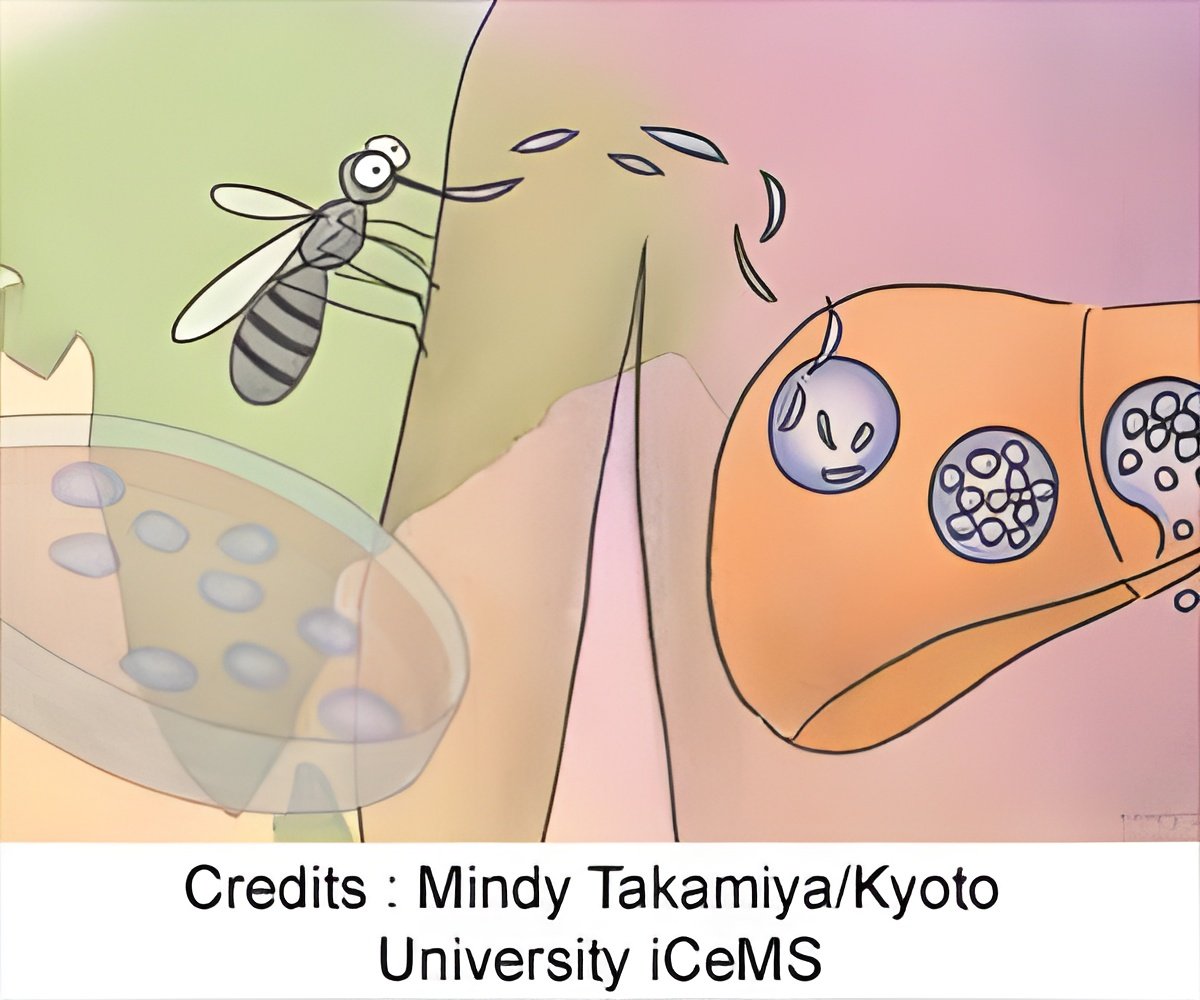Liver cells experimentally infected with mosquito-bred malarial parasites were used to demonstrate a critical stage in its life-cycle and to understand the burden of the disease in India.

‘The malaria protein UIS4 interacts with the human protein LC3 in the liver cells, that protects the malarial parasite from destruction. This approach can be used to further investigate this important stage in the Plasmodium vivax life cycle.’
Read More..




"The Plasmodium vivax malaria parasite can stay dormant in a person's liver cells up to years following infection, leading to clinical relapses once the parasite is reactivated," says Kouichi Hasegawa, an iCeMS stem cell biologist and one of the study's corresponding authors.Read More..
P. vivax is responsible for around 7.5 million malaria cases worldwide, about half of which are in India. Currently, there is only one licensed drug to treat the liver stage of the parasite's life cycle, but it has many side effects and cannot be used in pregnant women and infants. The liver stage is also difficult to study in the lab. For example, scientists have struggled to recreate high infection rates in cultured liver cells.
Hasegawa and his colleagues in Japan, India and Switzerland developed a successful system for breeding mature malaria parasites, culturing human liver cells, and infecting the cells with P. vivax. While it doesn't solve the high infection rate problem, the system is providing new, localized insight into the parasite's liver stage.
"Our study provides a proof-of-concept for detecting P. vivax infection in liver cells and provides the first characterization of this infectious stage that we know of in an endemic region in India, home to the highest burden of vivax malaria worldwide," says Hasegawa.
The researchers bred Anopheles stephensi mosquitos in an insectarium in India. Female mosquitos were fed with blood specifically from Indian patients with P. vivax infection.
Advertisement
The scientists tested different types of cultured liver cells to try to find cells that would be infected by lots of parasites like in the human body. Researchers have already tried using cells taken liver biopsies and of various liver cancer cell lines. So far, none have led to large infections.
Advertisement
A low infection rate means the liver cells cannot be used for testing many different anti-malaria compounds at once. But the researchers found the cells could test if a specific anti-malaria compound would work for a specific patient's infection. This could improve individualized treatment for patients.
The scientists were also able to study one of the many aspects of parasite liver infection. They observed the malaria protein UIS4 interacting with the human protein LC3, which protected the parasite from destruction. This demonstrates their approach can be used to further investigate this important stage in the P. vivax life cycle.
Source-Eurekalert












